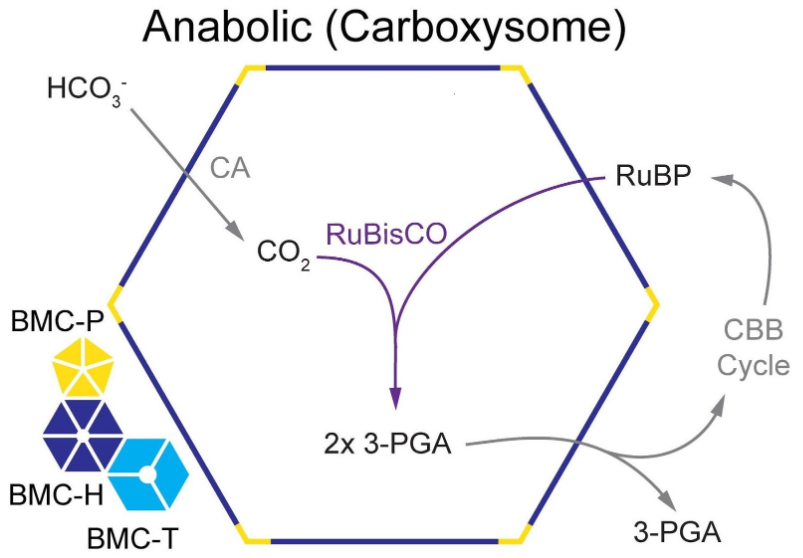
Why is anabolic reaction an endergonic reaction?
Answer
463.5k+ views
Hint: The energy produced may then be used in biosynthesis of cellular constituents (proteins, fatty acid, nucleic acid), in a process is known as anabolism. Metabolism is the combination of anabolism and catabolism. Endergonic reaction in metabolism absorbs free energy from its surroundings and is nonspontaneous.
Complete Answer:
- Metabolism is the relationship of anabolic and catabolic pathways results in the continual flow of energy within organisms. An endergonic reaction is the chemical reaction in which the standard transition in free energy is positive, and additional driving forces are required to perform this reaction.
- The anabolic process is a reaction in which smaller organic molecules are used to the production of the large complex molecules.
- The energies are added to the smaller amino acids, which react to form the linear chain of large proteins. This is an example of the endergonic reaction where energy is required to initiate the reaction.
- So, the phosphate group is added to the AMP, ADP molecules to form ATP. There is energy stored in this large molecule.

Example for Chemical reaction for anabolic reaction:
$C{O_2} + {H_2}O \to {C_6}{H_{12}}{O_6} + {O_2}$
In this reaction sun light energy is converted into chemical energy for use by the cell.
Note: AMP stands for adenosine monophosphate. ADP stands for adenosine diphosphate. ATP stands for adenosine triphosphate. ATP is a molecule that is used as energy (chemical energy) in the cell. AMP is one of the parts of RNA and organic component of the energy-carrying molecule ATP. AMP combines with inorganic phosphate to produce ADP.
Complete Answer:
- Metabolism is the relationship of anabolic and catabolic pathways results in the continual flow of energy within organisms. An endergonic reaction is the chemical reaction in which the standard transition in free energy is positive, and additional driving forces are required to perform this reaction.
- The anabolic process is a reaction in which smaller organic molecules are used to the production of the large complex molecules.
- The energies are added to the smaller amino acids, which react to form the linear chain of large proteins. This is an example of the endergonic reaction where energy is required to initiate the reaction.
- So, the phosphate group is added to the AMP, ADP molecules to form ATP. There is energy stored in this large molecule.

Example for Chemical reaction for anabolic reaction:
$C{O_2} + {H_2}O \to {C_6}{H_{12}}{O_6} + {O_2}$
In this reaction sun light energy is converted into chemical energy for use by the cell.
Note: AMP stands for adenosine monophosphate. ADP stands for adenosine diphosphate. ATP stands for adenosine triphosphate. ATP is a molecule that is used as energy (chemical energy) in the cell. AMP is one of the parts of RNA and organic component of the energy-carrying molecule ATP. AMP combines with inorganic phosphate to produce ADP.
Recently Updated Pages
Glucose when reduced with HI and red Phosphorus gives class 11 chemistry CBSE

The highest possible oxidation states of Uranium and class 11 chemistry CBSE

Find the value of x if the mode of the following data class 11 maths CBSE

Which of the following can be used in the Friedel Crafts class 11 chemistry CBSE

A sphere of mass 40 kg is attracted by a second sphere class 11 physics CBSE

Statement I Reactivity of aluminium decreases when class 11 chemistry CBSE

Trending doubts
10 examples of friction in our daily life

The correct order of melting point of 14th group elements class 11 chemistry CBSE

Difference Between Prokaryotic Cells and Eukaryotic Cells

One Metric ton is equal to kg A 10000 B 1000 C 100 class 11 physics CBSE

State and prove Bernoullis theorem class 11 physics CBSE

What organs are located on the left side of your body class 11 biology CBSE




